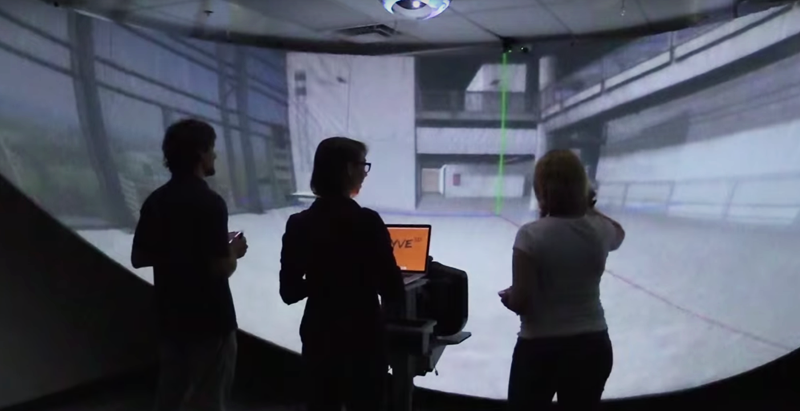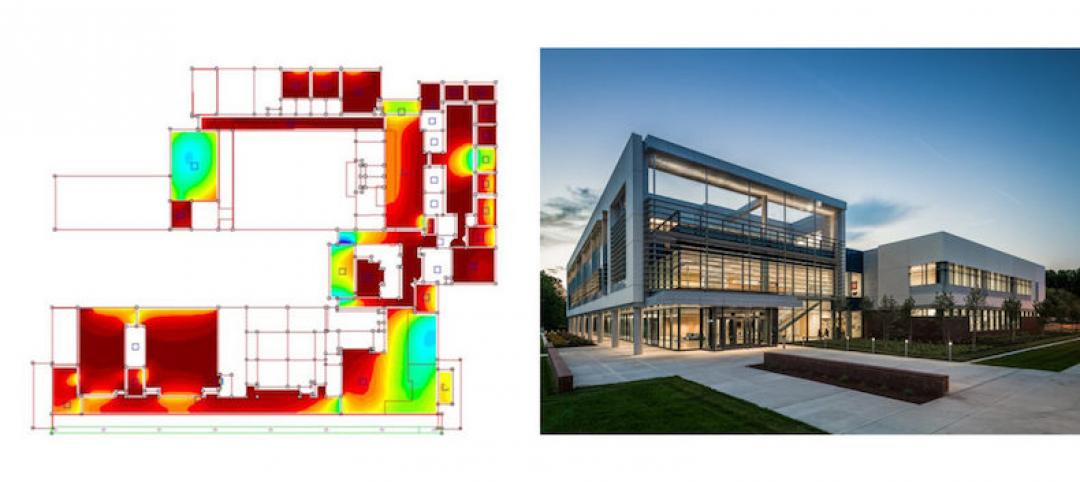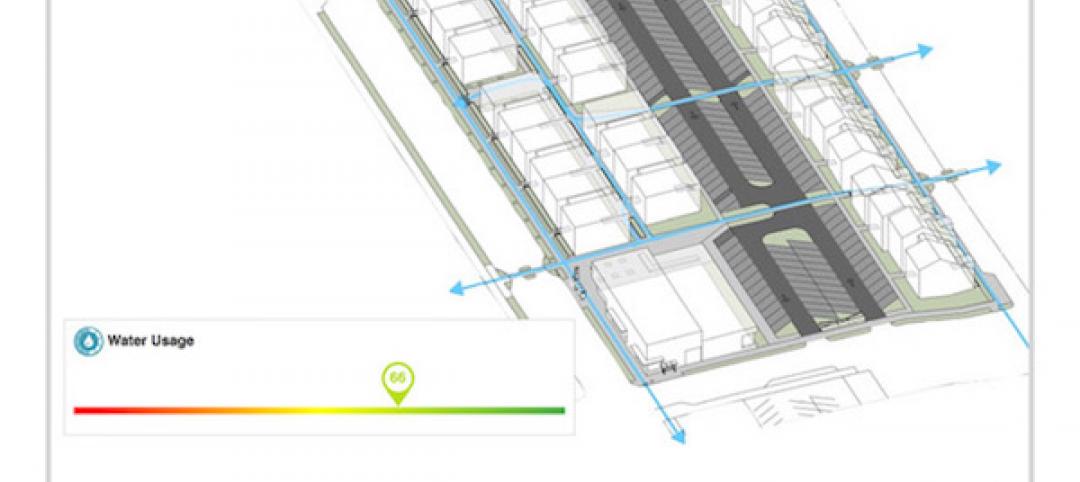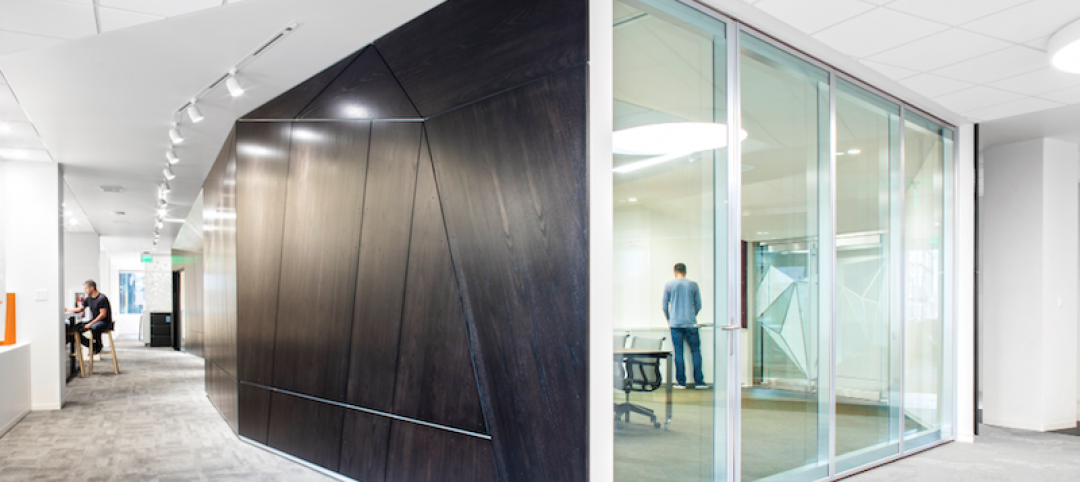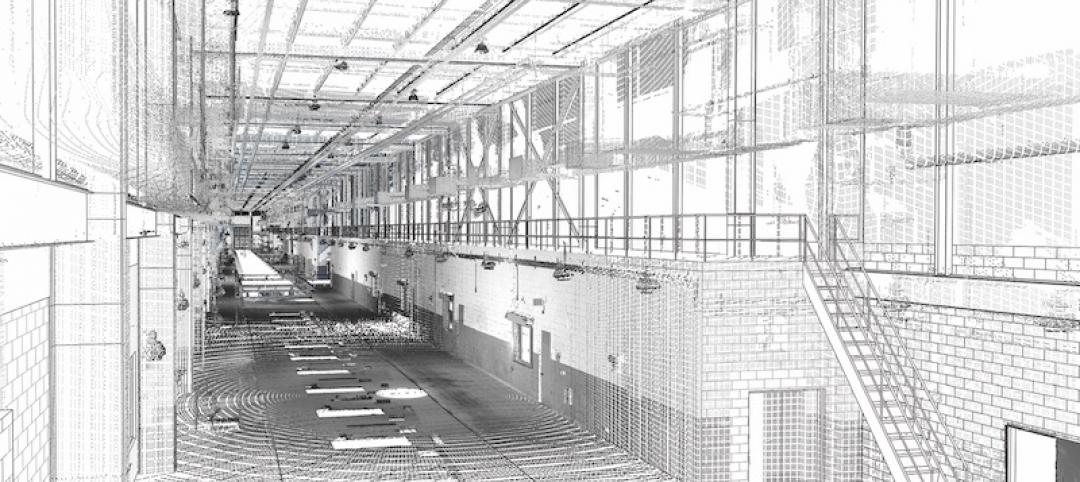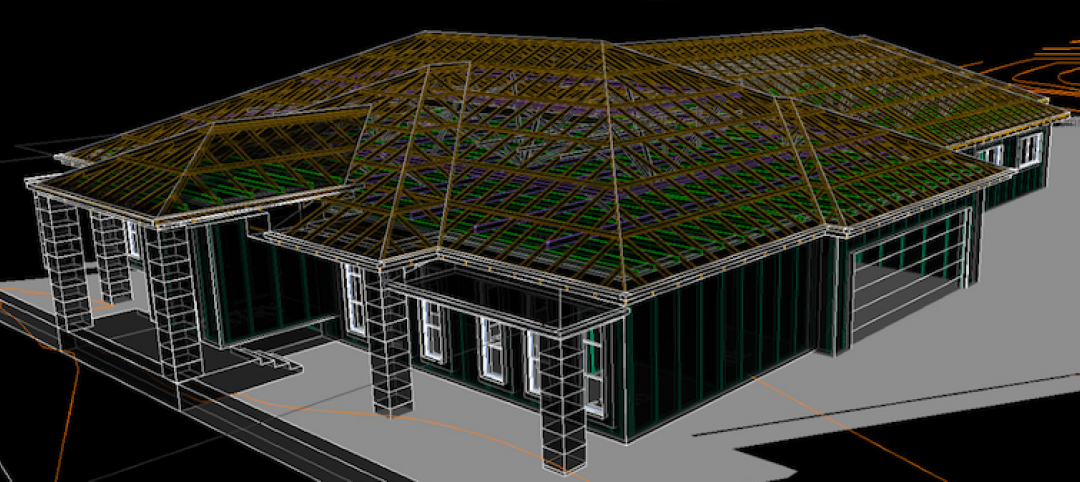The cursor—that small, jumping pixel arrow computer users don’t even notice anymore—are becoming obsolete, especially as touch screens rise. But the developers of Hyve3D are turning it into something new, something that can change how Building Teams collaborate with each other.
"What we've done is evolve the cursor into an avatar for a 3D world," Tomás Dorta, the University of Montreal professor responsible for Hyve3D, told Fast Company. "It's no longer just this little arrow, bouncing around on your desktop. Instead, it can now be a powerful tool for seeing inside and modifying virtual worlds."
What Hyve3D does is give your smartphones access to a program: a game, website, or building imaging program. Using multitouch gestures, users can control whatever they want to drag, grab, click, or drop on the screen in 3D form.
“Within Hyve3D, Dorta says that the 3D cursor allows multiple designers or engineers to interact with a virtual space simultaneously, using their individual smartphones to grab objects, copy and paste them, rotate them, sketch in the air with them, and so on,” the article says.
Fast Company has the full report
Related Stories
BIM and Information Technology | Apr 24, 2017
Reconciling design energy models with real world results
Clark Nexsen’s Brian Turner explores the benefits and challenges of energy modeling and discusses how design firms can implement standards for the highest possible accuracy.
BIM and Information Technology | Apr 17, 2017
BIM: What do owners want?
Now more than ever, owners are becoming extremely focused on leveraging BIM to deliver their projects.
Sustainable Design and Construction | Apr 5, 2017
A new app brings precision to designing a building for higher performance
PlanIt Impact's sustainability scoring is based on myriad government and research data.
BIM and Information Technology | Mar 28, 2017
Digital tools accelerated the design and renovation of one contractor’s new office building
One shortcut: sending shop drawings created from laser scans directly to a wood panel fabricator.
BIM and Information Technology | Mar 13, 2017
Real-time, high-speed scanning – The latest in reality capture
Here are a few new reality capture products and platforms that caught our eye.
BIM and Information Technology | Mar 10, 2017
'Reality modeling' arrives
Advanced reality capture technologies are breaking down the barriers between the job site and project models.
BIM and Information Technology | Feb 6, 2017
BIM for O+M: Less about the model, more about the data
How one Building Team is giving a university client what its facilities staff really wants from BIM: information, please.
Codes and Standards | Jan 13, 2017
New BIM guide for owners released
National Institute of Building Sciences releases a manual for developing standard set of BIM documents.
Designers | Jan 13, 2017
The mind’s eye: Five thoughts on cognitive neuroscience and designing spaces
Measuring how the human mind responds to buildings could improve design.
Architects | Oct 11, 2016
A good imagination and a pile of junk: How maker culture is influencing the way AEC firms solve problems
“Fail” is no longer a dirty four-letter word: for maker culture, it has become a crucial stop along the way


